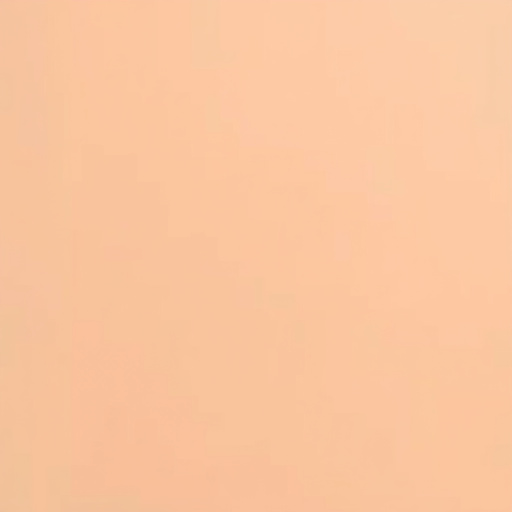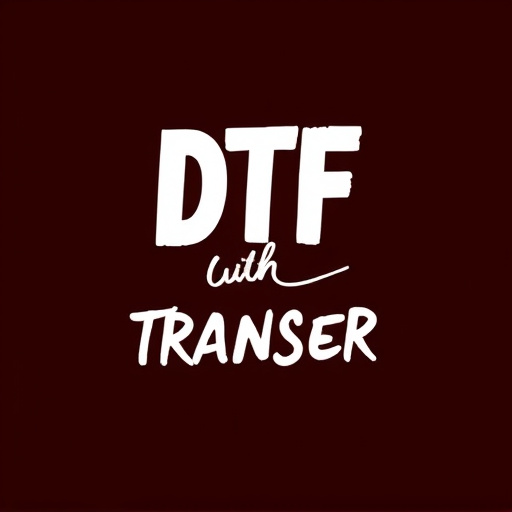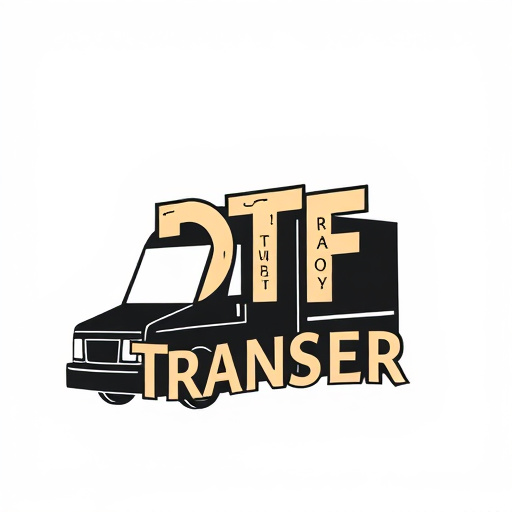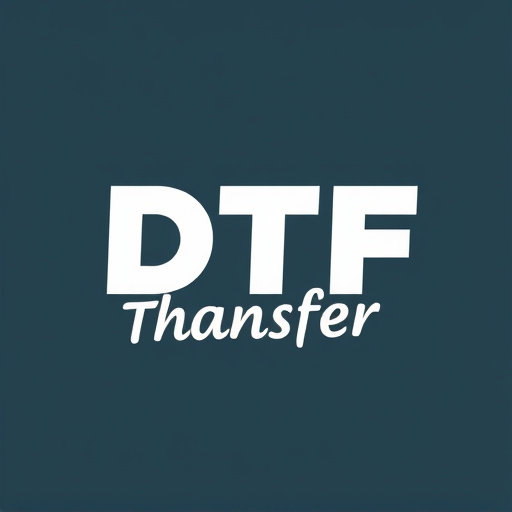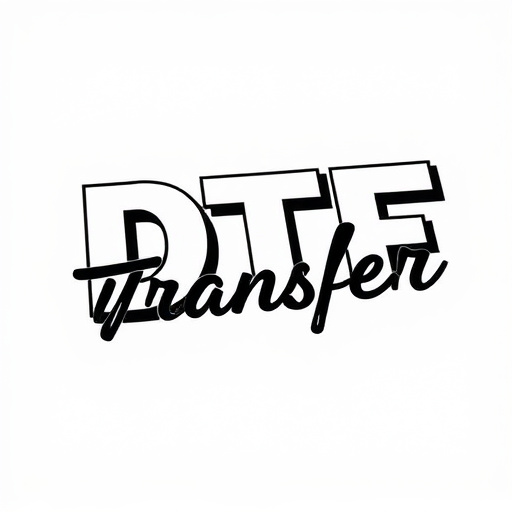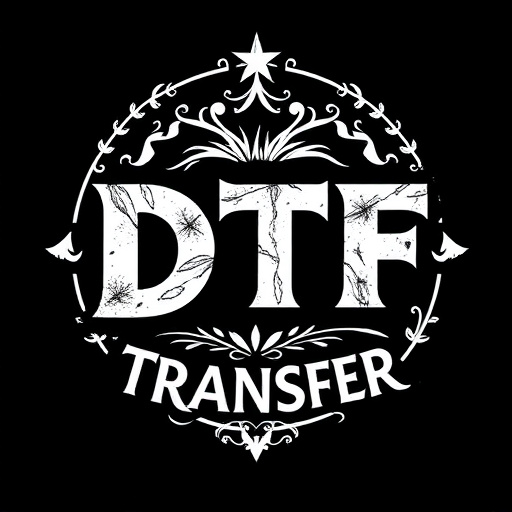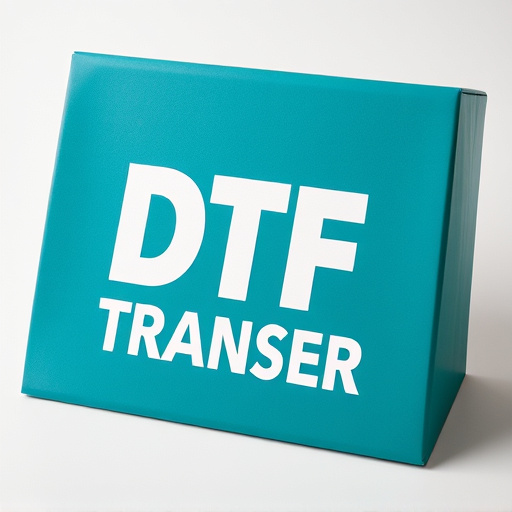Direct-to-Film (DTF) transfer printing is a revolutionary method offering speed, efficiency, and versatility compared to traditional screen printing. By digitally printing onto transparent film and then transferring it to various substrates, DTF enables fast production times, vibrant colors, and intricate designs, making it ideal for small batches, on-demand printing, and diverse applications like apparel, signage, and phone cases. Its durability and cost-effectiveness make DTF a preferred choice for businesses seeking high-quality custom prints.
In the ever-evolving landscape of printing technology, Direct-to-Film (DTF) transfer has emerged as a game-changer, challenging the conventional methods of screen printing. This innovative approach promises enhanced efficiency and versatility in various applications. The article delves into the intricacies of DTF Transfer, contrasting it with traditional screen printing techniques. We explore its benefits, process, quality advantages, and diverse use cases, shedding light on why DTF Printing is revolutionizing the industry.
- Understanding Direct-to-Film (DTF) Transfer: A Modern Approach
- Traditional Screen Printing: The Conventional Method
- DTF's Edge: Benefits and Advantages Over Screen Printing
- The DTF Process: Step-by-Step Breakdown
- Quality and Durability Comparison: DTF vs. Screen Printing
- Applications and Use Cases for DTF Printing
Understanding Direct-to-Film (DTF) Transfer: A Modern Approach

Direct-to-Film (DTF) transfer is a modern printing approach that has revolutionized the way we create custom prints and designs. Unlike traditional screen printing methods, which require setting up individual screens for each design variation, DTF allows for direct application of ink to a substrate using a digital print head. This innovative technique offers several advantages, particularly in terms of efficiency and cost-effectiveness.
With DTF transfer, designers and businesses can effortlessly achieve high-quality prints on various materials, from t-shirts to mugs and even fabric. The process involves printing the design directly onto a special film, which is then carefully transferred onto the desired surface using heat and pressure. This method streamlines production, eliminates the need for multiple screens, and reduces lead times, making it an attractive option for those seeking fast turnaround times and versatile printing solutions.
Traditional Screen Printing: The Conventional Method
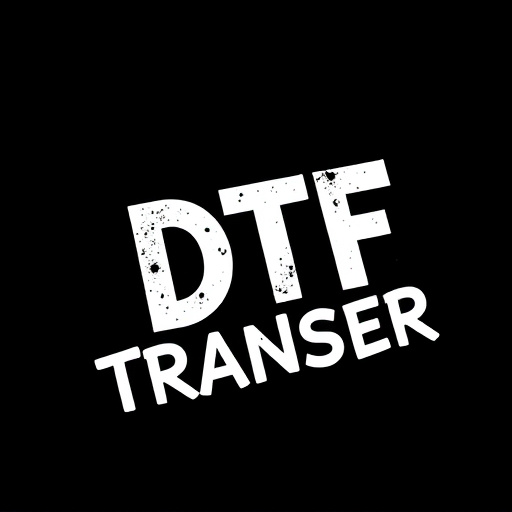
Traditional screen printing has been the conventional method for creating custom prints and designs on various materials for decades. This process involves setting up a physical screen, usually made of fine mesh, which is then blocked to create a stencil that corresponds to the desired design. Ink is then pushed through the open areas of the screen onto the substrate below, resulting in the final print or DTF (Direct-to-Film) transfer. The method requires skill and precision, with each color in the design demanding its own screen, making it ideal for small to medium-sized batches.
This traditional approach offers several advantages, including vibrant and durable prints that can withstand washing and wear over time. It also allows for a wide range of materials to be printed on, from t-shirts to posters and even fabric for upholstery. However, the process can be labor-intensive and time-consuming, especially when creating complex designs or larger batches, which often drives up costs.
DTF's Edge: Benefits and Advantages Over Screen Printing
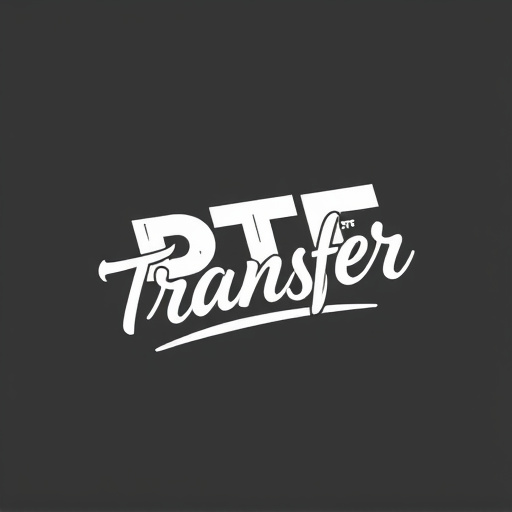
Direct-to-film (DTF) transfer offers several compelling benefits and advantages over traditional screen printing methods. One of its key strengths is speed and efficiency. DTF Printing allows for faster production times, making it ideal for bulk orders or time-sensitive projects. The process involves applying ink directly to the substrate from a digital file, eliminating the need for separate screens and reducing setup times significantly. This streamlined approach not only cuts down on labor costs but also enables quicker turnaround, ensuring that businesses can deliver products more promptly to their customers.
Another advantage of DTF is its versatility in terms of print quality and media types. DTF Prints can reproduce intricate designs with fine details and vibrant colors, often surpassing the resolution achievable through traditional screen printing. Additionally, it accommodates a wide range of substrates, from t-shirts and mugs to fabric, wood, and even metal, making it suitable for diverse applications. This versatility allows designers and businesses to explore innovative product ideas and cater to varied customer preferences with exceptional print quality.
The DTF Process: Step-by-Step Breakdown
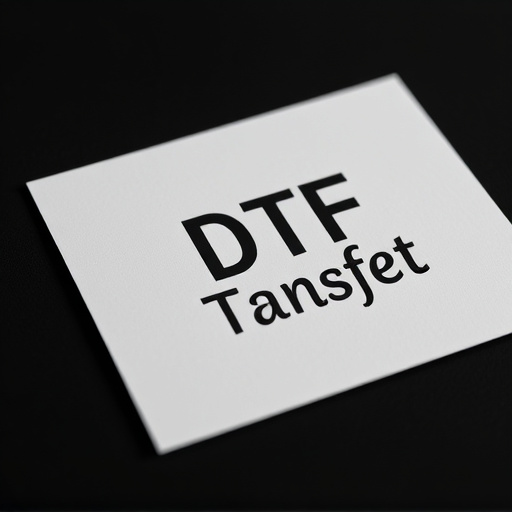
The Direct-to-Film (DTF) process is a modern screening method that streamlines the design and printing stages. It involves several precise steps to achieve high-quality DTF transfers and DTF prints. First, the graphic or image is digitally printed onto transparent film using an inkjet printer, ensuring accurate color reproduction and fine detail. This film is then carefully positioned over the print surface—whether fabric, paper, or other materials—and a heat press is used to fuse the ink into the substrate.
The key advantage lies in its efficiency; DTF eliminates the need for traditional screen setup and preparation, making it faster and more cost-effective for small-batch production or on-demand printing. This method allows for intricate designs and vibrant colors, appealing to various industries, from fashion and textiles to promotional merchandise.
Quality and Durability Comparison: DTF vs. Screen Printing
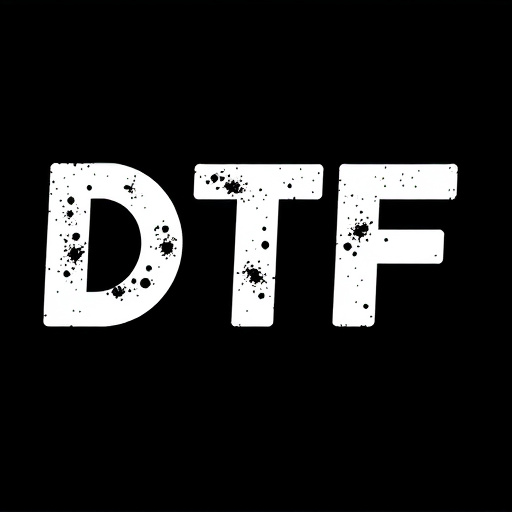
Direct-to-film (DTF) transfer printing and traditional screen printing are two distinct methods with unique qualities when it comes to durability. DTF involves applying ink directly onto a substrate using heat and pressure, resulting in vibrant prints that rival traditional methods. This process creates a bond between the ink and the material, leading to superior durability, especially for fabrics like t-shirts and hats. DTF transfers are known to withstand regular washing and wear, ensuring that prints maintain their intensity over time.
On the other hand, screen printing, while offering extensive design possibilities, may not always match DTF in terms of long-term durability. The process involves pushing ink through a mesh onto the substrate, which can sometimes lead to fading or peeling if not done meticulously. However, for specific materials and applications, screen printing can deliver exceptional results, especially when using high-quality inks and proper care techniques.
Applications and Use Cases for DTF Printing
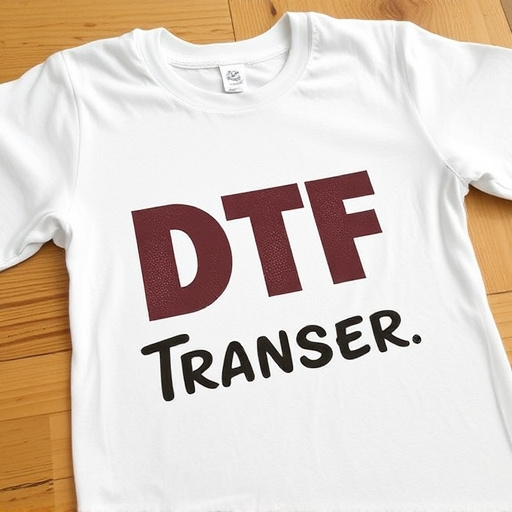
Direct-to-film (DTF) printing has a wide range of applications across various industries. Its ability to produce high-quality, full-color prints directly on a variety of materials makes it a versatile solution for many use cases. In the apparel industry, DTF is used for creating custom designs on t-shirts, hoodies, and other clothing items, allowing businesses and individuals to showcase unique artwork or brand logos. This method is particularly appealing for small batch productions or one-off designs due to its efficiency and cost-effectiveness.
Moreover, DTF printing finds its place in signage and advertising, enabling the creation of vibrant banners, posters, and window graphics. Its compatibility with various substrates, including plastics, metals, and even glass, expands its utility in different sectors. For example, it can be employed to design eye-catching displays for retail stores, exhibitions, or events, enhancing visual communication and attracting audiences. Additionally, DTF Transfer technology has gained traction in the production of custom phone cases, enabling individuals to personalize their devices with intricate designs and artwork.


